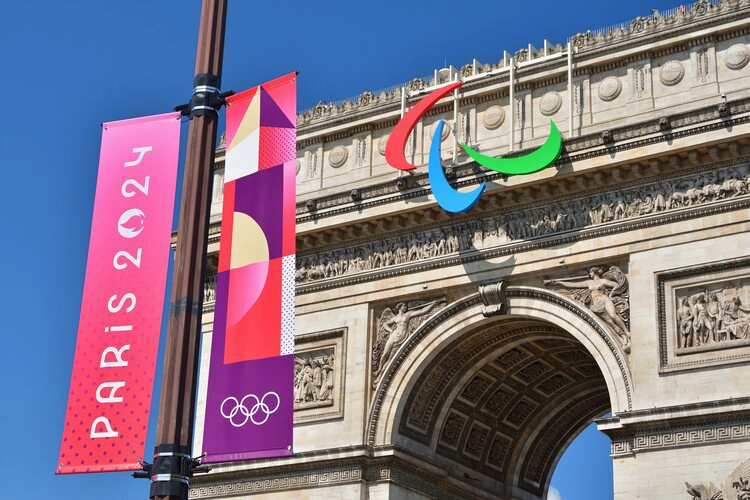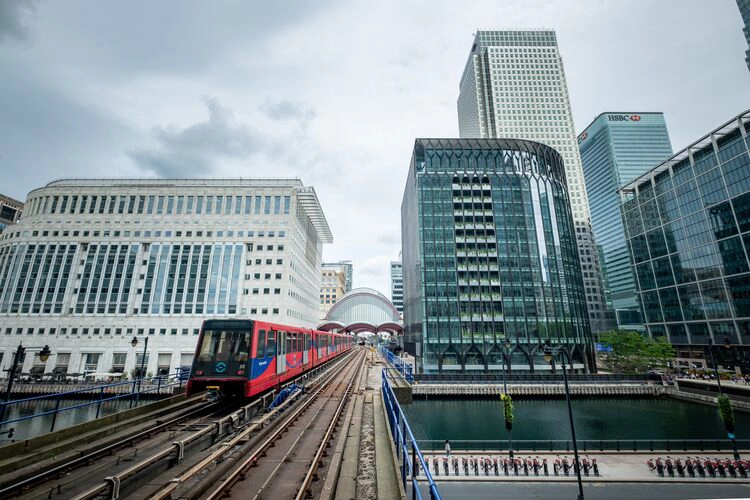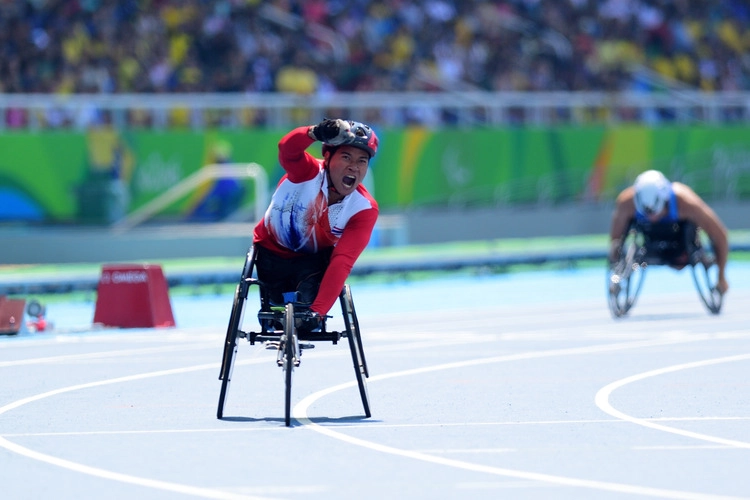
Discover how host countries have developed & advanced their infrastructure to prepare for the Paralympics
By
Back in 1960 in Rome, 400 athletes from 23 countries took part in the world’s first Paralympic Games. Since then, there have been 30 Paralympic Games stretching across 31 cities, including the most recent one held in Paris this year.
A major consideration that must be taken into account by all host countries is that of accessibility – not just for athletes, but for spectators and residents too– especially in cities such as Paris that have previously been difficult for disabled individuals to navigate through.
Over the years, the Paralympics have helped to challenge deep-rooted beliefs about disability and promote accessibility for residents, tourists and athletes alike. So how exactly have the Paralympics developed over recent years to promote inclusion, and what important legacies have been left in host cities to improve accessibility? Here we review some of the major games of the last decade to see their impact.
2008: Beijing Paralympic Games

The 2008 Paralympic Games, held in Beijing, marked a major milestone in the country’s awareness and inclusivity of the country’s estimated 83 million individuals living with an impairment. In the seven years prior to the Paralympics, China spent more than $150 million on ensuring the accessibility of 14,000 facilities. A further $17 million was spent on 60 popular tourist sites – including the Great Wall of China and the 600-year-old Forbidden City – where elevators and wheelchair ramps were installed.
China also brought in an amended Law of the People’s Republic of China on the Protection of Persons with Disabilities, stipulating that the State and society must take appropriate measures to improve accessibility in facilities, as well as provide necessary information for equality amongst its citizens.
2012: London Paralympics

In advance of the 2012 London Paralympics, 66 of London’s 270 tube stations were fitted with step-free access, as well as the entirety of the DLR being made accessible. Measures including tactile paving and protective walls were implemented within tube stations too – with both platform and manual ramps fitted in 17 strategic stations.
Channel 4, the British broadcaster, also increased visibility for disabled athletes partaking in the London Games thanks to its award-winning Superhumans TV commercial that detailed the lives of 140 athletes on screen.
Following the London Paralympics, Channel 4 leveraged the successful reception of their London Games coverage by assembling the largest-ever team of presenters with a disability on British television to cover the Rio 2016 Paralympics.
2016: Rio Paralympic Games

Almost $1 million was spent in the run-up to Rio’s 2016 Games on constructing accessible pavements to ensure that many of its popular tourist attractions were available to all, including Copacabana Beach, Sugarloaf Mountain and Corcovado.
The Brazilian Government also passed legislation – The Inclusion of People with Disabilities Act – to remove accessibility barriers in transport, services, education and more. The law also increased the funding available for Para sports, from $26 million to $49 million each year.
2020: Tokyo Paralympics

Before the Paralympics in 2020, Tokyo’s metro system was around 70 per cent accessible. By the opening ceremony, almost 100 per cent of its metro stations were fully accessible. In the build-up to the Games, a new law was passed whereby one per cent of a hotel’s rooms must be accessible, replacing the previous legislation that only required a hotel with more than 50 rooms to have only one room available for disabled people.
Attitudes towards disabled individuals also changed, moving away from notions that individuals should stay at home to be protected to instead giving residents ample opportunities to access the same spaces as everyone else, according to International Paralympic Committee President, Andrew Parsons
Accessible elevators – elevators which temporarily bring three steps of an escalator together to create a flat platform for wheelchair-users – are also another innovative way that the city has since constructed infrastructure to be inclusive to all.
2024: Paris Paralympics

Paris’ Paralympic Games are set to be most accessible in history. The city has implemented a fully accessible public transport system, with 100 per cent of metro stations, trains, buses and taxis equipped with ramps, lifts and audio-visual announcements. Venues that will host the Games’ 549 events are also equipped with accessible features including seating, changing rooms, entrances, lighting and sound systems, as well as assistive devices and services.
All of the official websites and apps of the Paris 2024 Paralympics are inclusive and entirely accessible too, with a range of assistive technologies, formats and languages to ensure all individuals can take part.




